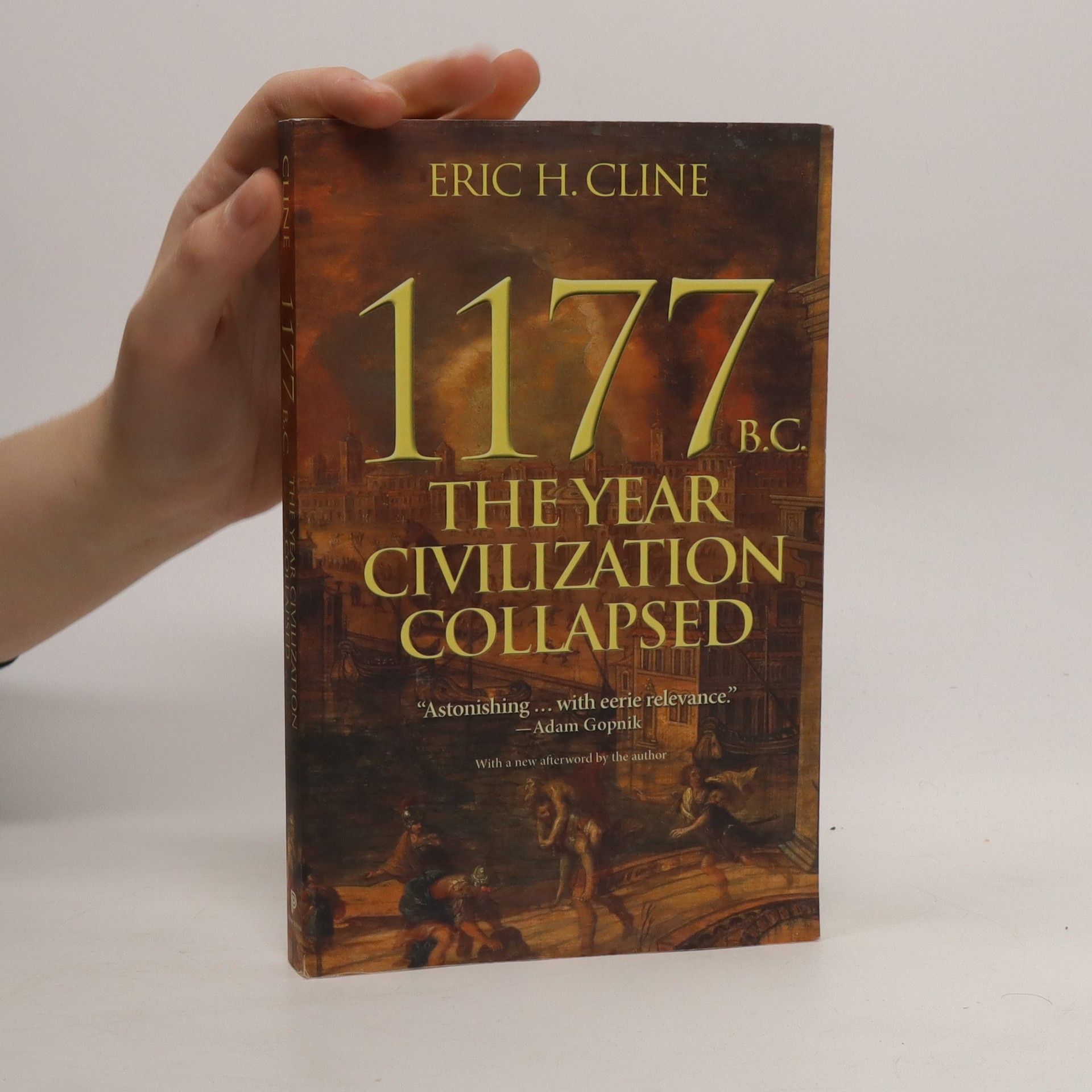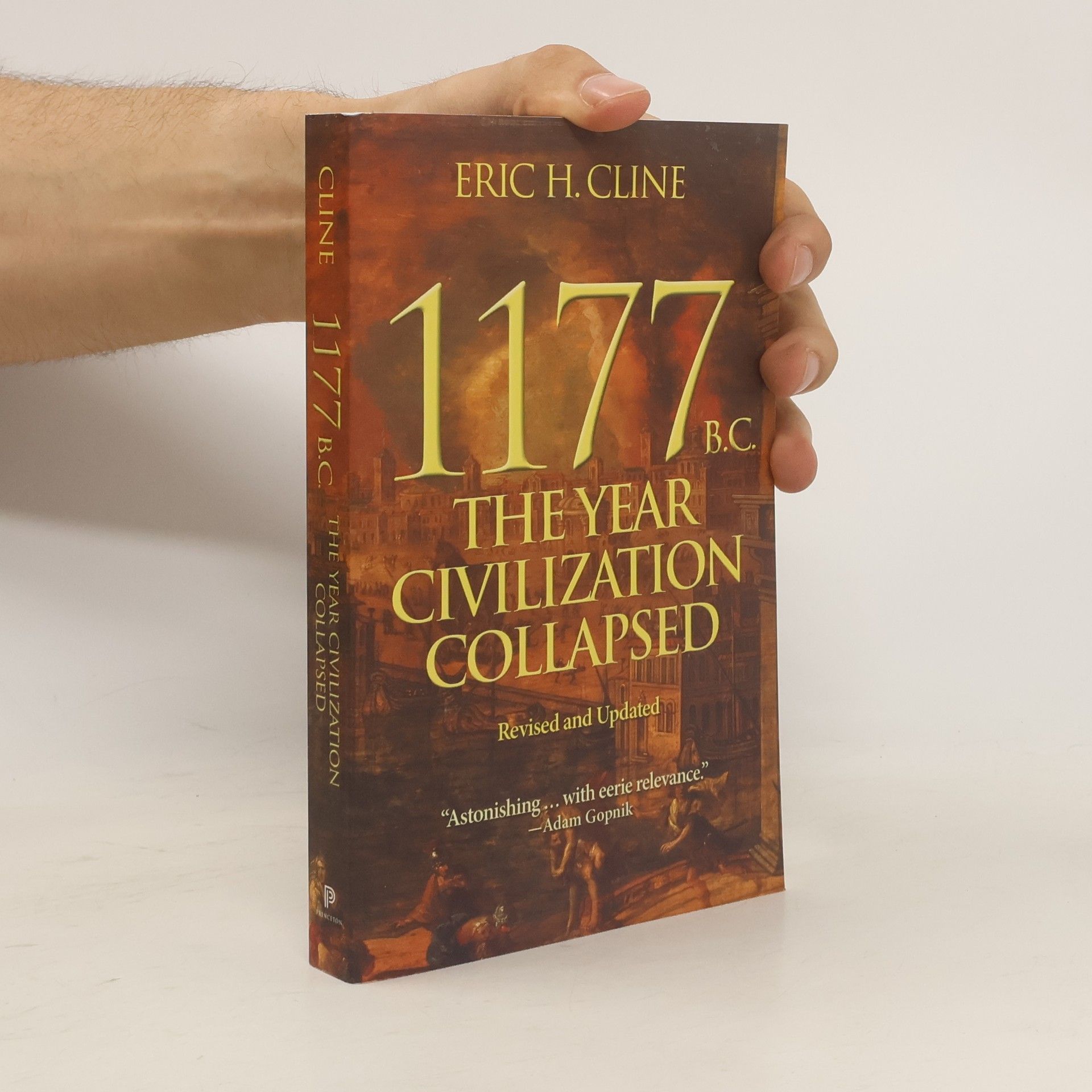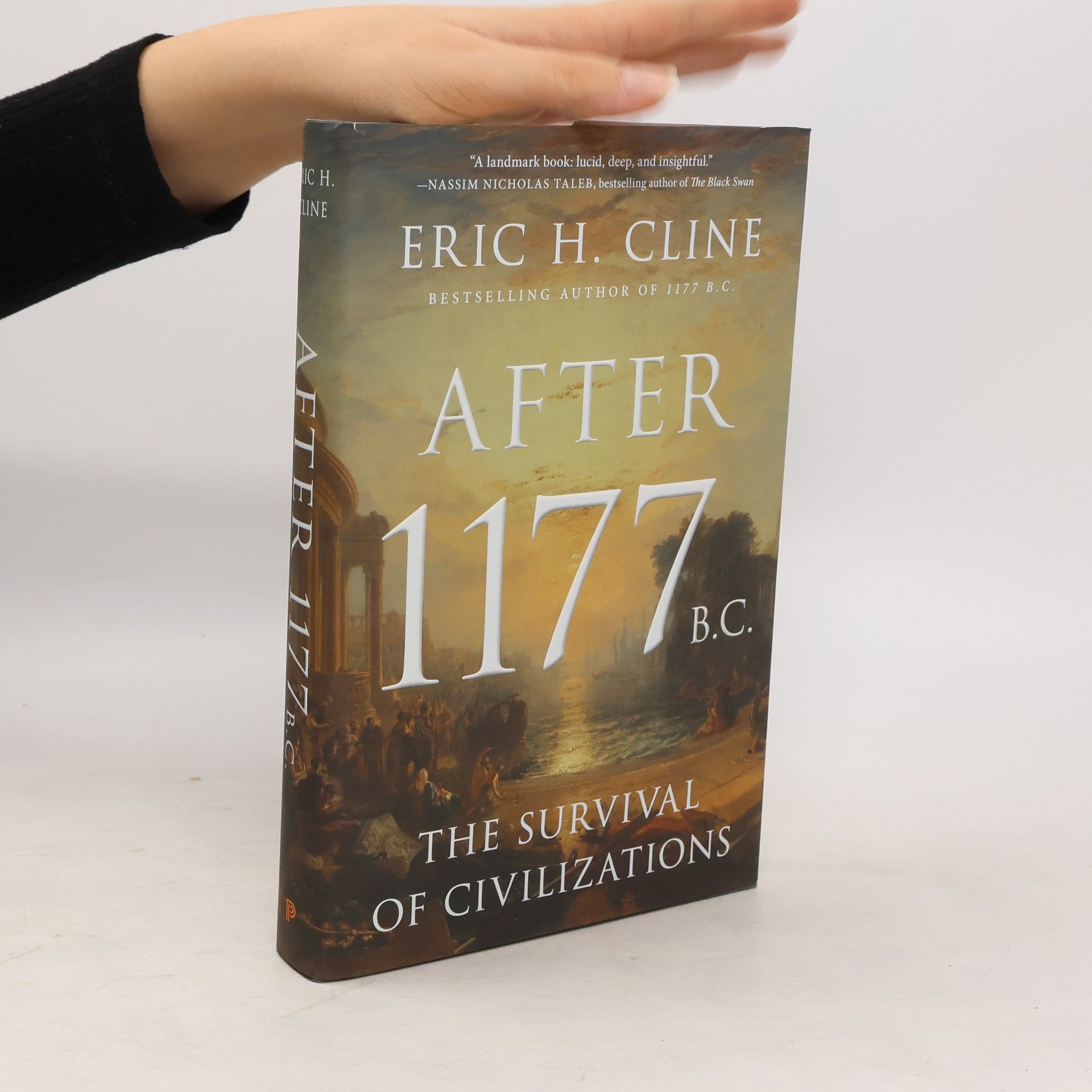Eric H. Cline untersucht in seinem neuen Buch die Zeit nach dem Untergang der bronzezeitlichen Reiche im östlichen Mittelmeer. Er beleuchtet, wie aus der Asche der alten Welt eine neue Ära mit bedeutenden Erfindungen und dem Aufstieg des Eisenzeitalters entsteht, und spannt den Bogen bis zu den ersten Olympischen Spielen 776 v. Chr.
Eric H. Cline Book order
Dr. Eric H. Cline is a leading archaeologist and historian whose work explores the interconnectedness of ancient civilizations and pivotal moments in human history. With extensive fieldwork across numerous archaeological sites, he investigates how past events resonate in the present. His approach makes complex historical topics accessible, uncovering the compelling narratives behind major civilizational collapses and conflicts. Cline's writings offer an engaging look at the enduring impact of ancient developments on the modern world.







- 2024
- 2024
"In a follow-up to 1177 BC, this book provides a portrait of the 400 years following the collapse of the Bronze Age, a period referred to as the First Dark Age, but which Cline will show was also an era of rebirth and resilience"--
- 2021
- 2021
Armageddon
Auf der Suche nach der biblischen Stadt Salomos
Der Archäologe und Bestsellerautor Eric H. Cline erzählt die spannende Grabungsgeschichte einer der berühmtesten historischen Stätten in Israel, die Wiege der biblischen Archäologie überhaupt: Armageddon, der Stadt Salomos im Alten Testament und Ort der endzeitlichen Entscheidungsschlacht in der Offenbarung des Johannes im Neuen Testament.
- 2021
1177 B.C.
- 304 pages
- 11 hours of reading
"In a follow-up to 1177 BC, this book provides a portrait of the 400 years following the collapse of the Bronze Age, a period referred to as the First Dark Age, but which Cline will show was also an era of rebirth and resilience"--
- 2020
Digging Deeper
- 176 pages
- 7 hours of reading
From the bestselling author of 1177 B.C., an accessible primer to the archaeologist's craftAn archaeologist with more than thirty seasons of excavation experience, Eric H. Cline has conducted fieldwork around the world, from Greece and Crete to Egypt, Israel, and Jordan. In Digging Deeper, Cline answers the questions archaeologists are most frequently asked, such as: How do you know where to dig? How are excavations actually done? How do you know how old something is? Who gets to keep what is found? How do you know what people from the past ate, wore, and looked like? Adapted from Cline's acclaimed book Three Stones Make a Wall, this lively little volume is brimming with insights and practical advice about how archaeology really works. Whether you are an armchair archaeologist or embarking on your first excavation, Digging Deeper is an essential primer on the art of the dig.
- 2020
"A vivid portrait of the early years of biblical archaeology from the acclaimed author of 1177 B.C.: The Year Civilization Collapsed In 1925, famed Egyptologist James Henry Breasted sent a team of archaeologists to the Holy Land to excavate the ancient site of Megiddo--Armageddon in the New Testament--which the Bible says was fortified by King Solomon. Their excavations made headlines around the world and shed light on one of the most legendary cities of biblical times, yet little has been written about what happened behind the scenes. Digging Up Armageddon brings to life one of the most important archaeological expeditions ever undertaken, describing the stunning discoveries that were made there and providing an up-close look at the internal workings of a dig in the early years of biblical archaeology."--
- 2020
Úvod do archeologie prof. Erika Clinea nabízí čtenáři vedle známých příběhů, jako například Schliemannova odkrývání Tróje či objevení Tutanchamonovy hrobky v Egyptě, přehled zásadních archeologických objevů posledních desetiletí, od nalezení pozůstatků předchůdců člověka v Africe z doby před více než třemi miliony lety po objev válečníků čínské terakotové armády či ledového muže Ötziho v Alpách a mnoho dalších. Kniha vypráví rovněž o významných archeolozích a průkopnících oboru. Ve snaze přiblížit archeologickou praxi laikům odpovídá na časté dotazy ohledně toho, jak archeologové svou práci vlastně dělají.
- 2018
Im Jahr 1177 v. Chr. stehen die ersten großen Zivilisationen unserer Menschheit vor dem Untergang. Marodierende Seevölker bedrohen Ägypten unter König Ramses III. Wie Dominosteine fallen Mykene, Troja und Milet nach Jahrhunderten des Aufstiegs und des Glanzes. Konnte das allein das Werk der Seevölker sein? In seinem internationalen Bestseller erzählt Eric H. Cline die packende Geschichte vom »ersten Untergang der Zivilisation«: Erst durch die katastrophale Summe von Krieg, Revolten, Wirtschaftskollaps und Naturkatastrophen stürzte die erste große Zivilisation für Jahrhunderte in die Dunkelheit. Folgen Sie dem renommierten Archäologen Eric H. Cline in eines der spannendsten Kapitel der Menschheitsgeschichte!
- 2018
Untergegangene Städte, sagenumwobene Schätze, rätselhafte Schriftzeichen Eric Cline, preisgekrönter Wissenschaftler und Autor, entführt uns in die spannende Welt der Archäologie und zeigt, wie sich die Beschäftigung mit den Völkern und Kulturen der Vergangenheit von der Amateurforschung zu einer hoch professionalisierten und technisierten Wissenschaft entwickelt hat. Dabei begegnen wir Entdeckern wie Howard Carter, Heinrich Schliemann und John Lloyd Stephens und begleiten sie dabei, wie sie die Grabkammern des Tutanchamun, die Überreste des antiken Troja und Stätten der Maya-Kultur ans Tageslicht befördern. Lebendig und packend erzählt Cline die faszinierende Geschichte der Archäologie und bringt uns zugleich die Arbeit der Archäologen näher. Ausstattung: mit Abb.





